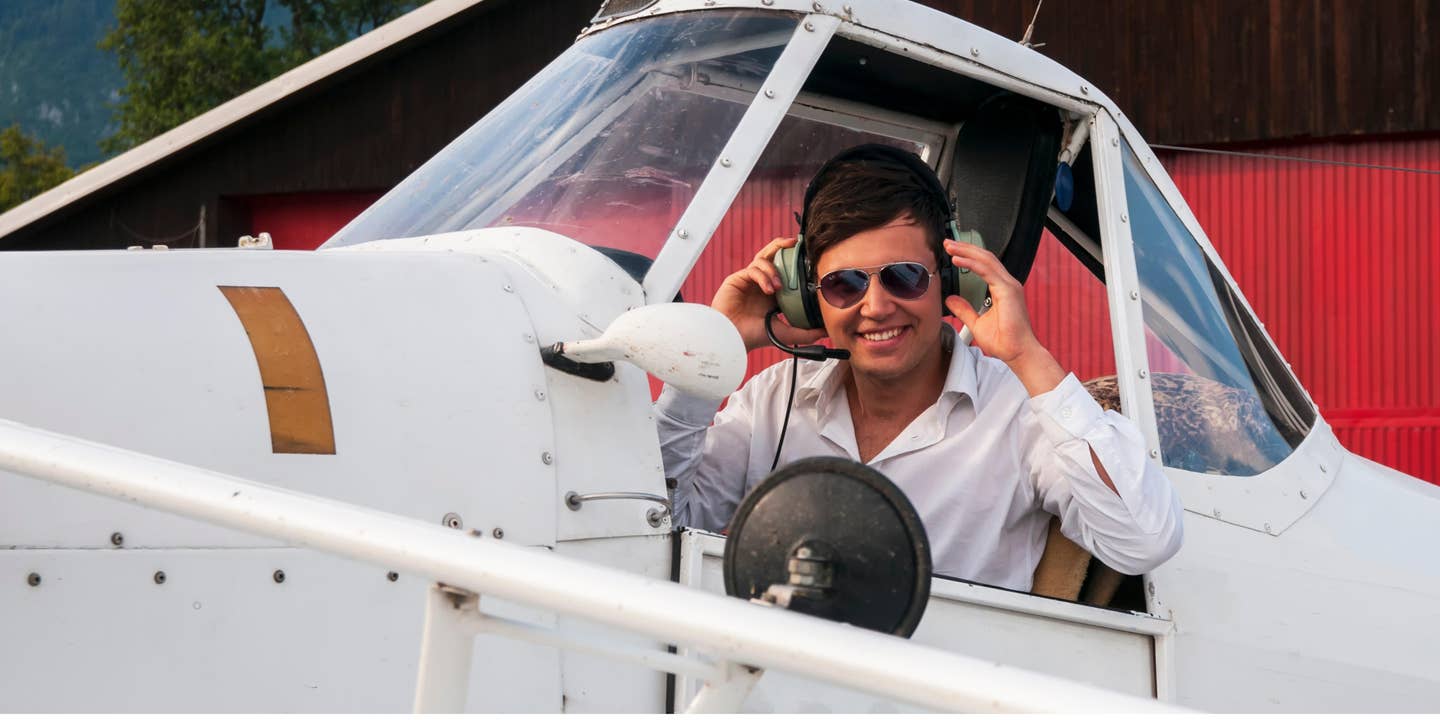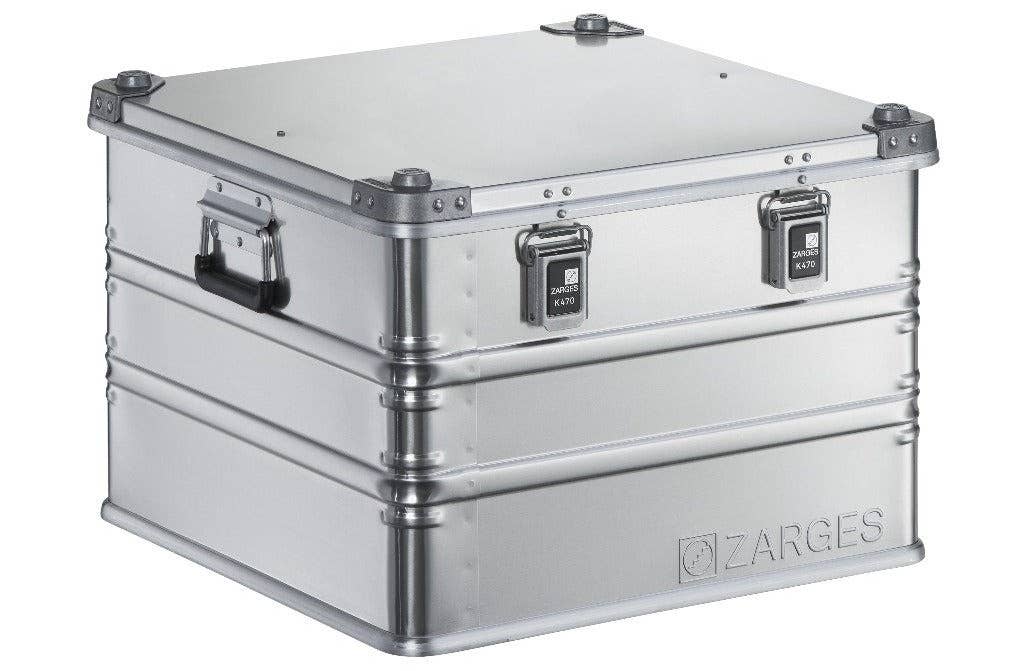
There are many great benefits to becoming a Certified Flight Instructor (CFI), including the opportunity to make money flying airplanes. [Credit: CanvaPro]
There has never been an easier time in American history to become a pilot or begin earning money as a CFI than there is today. There are many great benefits to becoming a certificated flight instructor (CFI), including the opportunity to earn a living while you accrue flight time.
The process is also relatively simple; however, you must first be qualified by passing the FAA's knowledge exams (the FIA and FOI) and practical test or check ride so that you can apply for your CFI certificate. Let’s review how becoming a CFI works, and the steps you need to take.
How Does Becoming a CFI Work?
The process of becoming a CFI is relatively simple and easy. To start, you must be qualified by passing FAA's knowledge exams and take a check ride.
Once you have your temporary certificate in hand, you can look for a flight school to work for, or perhaps join the school at which you obtained your certificate.
What Is a Certified Flight Instructor (CFI)?
A certificated flight instructor (CFI) is a pilot who has been trained by an instructor specifically on how to teach people to learn to fly. Flight Instructors are responsible for taking people up in an aircraft and teaching them how to fly.
Flight Instructors must have the appropriate flight instructor certificate from the FAA and may also earn additional certification as a instrument instructor (CFII) or multiengine instructor (MEI).
What Are the Requirements to Become a Certified Flight Instructor?
To become a certificated flight instructor (CFI), there are many basic requirements you must meet.
According to FAR 61.183, in order to be eligible for a flight instructor certificate or rating a person must:
(a) Be at least 18 years of age;
(b) Be able to read, speak, write, and understand the English language. If the applicant is unable to meet one of these requirements due to medical reasons, then the Administrator may place such operating limitations on that applicant's flight instructor certificate as are necessary;
(c) Hold either a commercial pilot certificate or airline transport pilot certificate with:
(1) An aircraft category and class rating that is appropriate to the flight instructor rating sought; and
(2) An instrument rating, or privileges on that person's pilot certificate that are appropriate to the flight instructor rating sought, if applying for -
(iii) A flight instructor certificate with a powered-lift rating; or
(iv) A flight instructor certificate with an instrument rating.
(d) Receive a logbook endorsement from an authorized instructor on the fundamentals of instructing listed in § 61.185 of this part appropriate to the required knowledge test;
(e) Pass a knowledge test on the areas listed in § 61.185(a)(1) of this part, unless the applicant:
(1) Holds a flight instructor certificate or ground instructor certificate issued under this part;
(2) Holds a teacher's certificate issued by a State, county, city, or municipality that authorizes the person to teach at an educational level of the 7th grade or higher; or
(3) Is employed as a teacher at an accredited college or university.
(f) Pass a knowledge test on the aeronautical knowledge areas listed in § 61.185(a)(2) and (a)(3) of this part that are appropriate to the flight instructor rating sought;
(g) Receive a logbook endorsement from an authorized instructor on the areas of operation listed in § 61.187(b) of this part, appropriate to the flight instructor rating sought;
(h) Pass the required practical test that is appropriate to the flight instructor rating sought in an:
(1) Aircraft that is representative of the category and class of aircraft for the aircraft rating sought; or
(2) Flight simulator or approved flight training device that is representative of the category and class of aircraft for the rating sought, and used in accordance with a course at a training center certificated under part 142 of this chapter.
(i) Accomplish the following for a flight instructor certificate with an airplane or a glider rating:
(1) Receive a logbook endorsement from an authorized instructor indicating that the applicant is competent and possesses instructional proficiency in stall awareness, spin entry, spins, and spin recovery procedures after providing the applicant with flight training in those training areas in an airplane or glider, as appropriate, that is certificated for spins; and
(2) Demonstrate instructional proficiency in stall awareness, spin entry, spins, and spin recovery procedures. However, upon presentation of the endorsement specified in paragraph (i)(1) of this section an examiner may accept that endorsement as satisfactory evidence of instructional proficiency in stall awareness, spin entry, spins, and spin recovery procedures for the practical test, provided that the practical test is not a retest as a result of the applicant failing the previous test for deficiencies in the knowledge or skill of stall awareness, spin entry, spins, or spin recovery instructional procedures. If the retest is a result of deficiencies in the ability of an applicant to demonstrate knowledge or skill of stall awareness, spin entry, spins, or spin recovery instructional procedures, the examiner must test the person on stall awareness, spin entry, spins, and spin recovery instructional procedures in an airplane or glider, as appropriate, that is certificated for spins;
(j) Log at least 15 hours as pilot in command in the category and class of aircraft that is appropriate to the flight instructor rating sought; and
(k) Comply with the appropriate sections of this part that apply to the flight instructor rating sought.
There are several other requirements, which you can read here.
What is the Application Process for Becoming a Certified Flight Instructor?
If you want to become a CFI, then the first thing that you will need to do is pass both of the FAA's knowledge and practical exams. The knowledge exam is a multiple-choice test that you can take at a testing center such as PSI. The practical exam consists of a check ride with a designated pilot examiner or other FAA designee, where you will demonstrate your skills as a pilot by performing maneuvers in an aircraft.
If you pass the exams, then the next thing that you will need to do is find a place where you can instruct.
How Long Does It Take to Become a Certified Flight Instructor?
The process of becoming a CFI as a whole will take an average of 6 months, though this varies a lot depending on the school at which you complete your course.
Pros & Cons of Being a CFI
Becoming a CFI is a great opportunity to make money while you are learning how to fly! There are also many other benefits that you get from being a CFI, including the following:
- You can earn money flying airplanes by starting out as an instructor. Becoming a CFI can be the first step in becoming an airline pilot.
- You can fly for free. As a CFI, you get to fly for free if you are flying with paying students.
- You will get paid to learn how to fly.
- You will have the opportunity to work in an exciting and fun environment.
There are also some cons that come with becoming a certificated flight instructor (CFI):
- It is hard work.
- You must pass both of the FAA's written and practical exams.
- The money that you make as a CFI may not be the same as flying for a corporate flight department or for the airlines.
5 Steps to Become a Certified Flight Instructor
The following is a list of the steps that you need to take in order to become a CFI:
Step 1: Understanding Eligibility Requirements
The first step in becoming a CFI is to start by becoming a pilot. If you have no experience, then you will need to get your private pilot certificate before you can start looking into being a CFI.
You must be at least 17 years old in order to get your private pilot certificate.
Step 2: Keep Your Medical Certificate Up to Date
If you plan to work as a CFI, then you will want to keep your current medical certificate up to date. You can find a list of aviation medical examiners (AMEs) in your region by searching online.
If you don't have a current medical, you can still provide flight instruction as long as you are not acting as PIC or as a required pilot flight crewmember.
Step 3: Take the Required Exams (FOI & FAA Written Exams)
As a CFI, you will take the FAA's knowledge exams and FAA's practical exam or check ride. The written exam consists of a multiple-choice test that you can take at any testing center, such as PSI.
The practical exam is a check ride taken with a designated pilot examiner and will cover both ground lessons and giving flight instruction in the airplane.
Step 4: Lesson Planning & Instruction Practice
The next step in becoming a CFI is to start instructing students. You can do this either by teaching at a flight school or by working with your own students.
Instructing new pilots on how to fly is challenging work that requires constant attention and effort. Planning out your lessons and practicing teaching is essential to having an effective career as an instructor.
It is important for you to understand that you will need to put in a lot of time before you can make any real money as a CFI.
Step 5: Complete the Check Ride
A check ride is a practical exam, which is taken after you complete an instructional course. It is conducted in an aircraft with a designated pilot examiner (DPE), and it allows the instructor to assess and evaluate student's knowledge and skills.
A check ride starts with an oral examination where the student will be asked questions about current aviation regulations, recent developments within aviation, as well as their own training progress, along with the conduct of at least one ground lesson. After this oral examination, a flight will be taken to evaluate how well the applicant conducts lessons in the air.
Take the First Step to Become a CFI
Becoming a CFI is an exciting opportunity and it's well worth the effort. Before you take the certificate exam, make sure to spend a lot of time practicing your lessons with students. This will ensure that you are ready for the exam and can get it right on your first try. When you receive your certificate, work on checking in with your instructor renewal every 2 years to keep your certificate active and in good standing.
If you want to stay up to date on the latest in Aviation news, subscribe to the FLYING Magazine newsletter today.
FAQ
Do you need a degree to be a flight instructor?
The FAA has not stated that you need a degree to become a flight instructor. However, the state of California states that a degree is required in order to become a CFI.
Where do most flight instructors work?
Most flight instructors work in an airport-based setting. This includes many of the largest airlines in the world, as well as smaller regional airlines and charter companies.
How much do certified flight instructors make?
CFI salaries are generally around $50-$75 per flight hour, depending on experience, location and company.

Sign-up for newsletters & special offers!
Get the latest FLYING stories & special offers delivered directly to your inbox






